Nia House encourages community members that are able to contribute to the Shuumi Land Tax.
REPOST FROM 2017 BLOG
We believe it is our social responsibility to introduce cultural celebrations and history in accurate and age appropriate ways. The tale of Thanksgiving is told in many different ways. Here is a bit of insight into how we tell it here at Nia House.
Each circle time at Nia House builds upon and adds to the next. History is held in a linear model; stories root in a spiral form as annually we cycle through geography, place, ecology, culture, time and where we as humans fit in this interconnected continuum. Thus, the tale of Thanksgiving never stands separate from the elements that inform this cultural celebration- history, people, place, culture, and conflict.
We are keenly aware of the responsibilities to honor indigenous people; to offer children contemporary conceptions of North America’s first people; to provide accurate maps, precise names and locations of Native communities, folklore, and current imagery of indigenous people and life stories through books. The telling of the Thanksgiving does not adhere to a Eurocentric narrative describing the Americas as open land or a place to be discovered. Rather, the fullness of Native American life before the arrival of Europeans is detailed.
When the Europeans came there was great conflict, land was wanted and taken from native people; people were very angry, so angry that they shook their fists and were unkind.
The history of the arrival of Europeans to North America is a violent one. Educators are faced with the task of offering a true story that is developmentally appropriate to preschoolers. Though we do not shy from using the words colonialism and conflict, we are sensitive to our very young audience. Teachers use role play to help children engage and we pause to allow children to share how they would feel and what they might do differently. Here is an example of some of the language used at Nia House to describe American history at the moment of European arrival (see video left).
Reading Lists for Children
(Created by Bay Area Children’s Theater)
Native American Children’s Literature – Humboldt State Native American Studies Research Guide
Best Books for Elementary School – American Indians in Children’s Literature
Best Books of 2020 – American Indians in Children’s Literature
List of Recommended Indigenous Children’s Picture Books – Dr. Judith Scott and Donna Scott
47 Amazing Native American Children’s Books – Negra Bohemian


